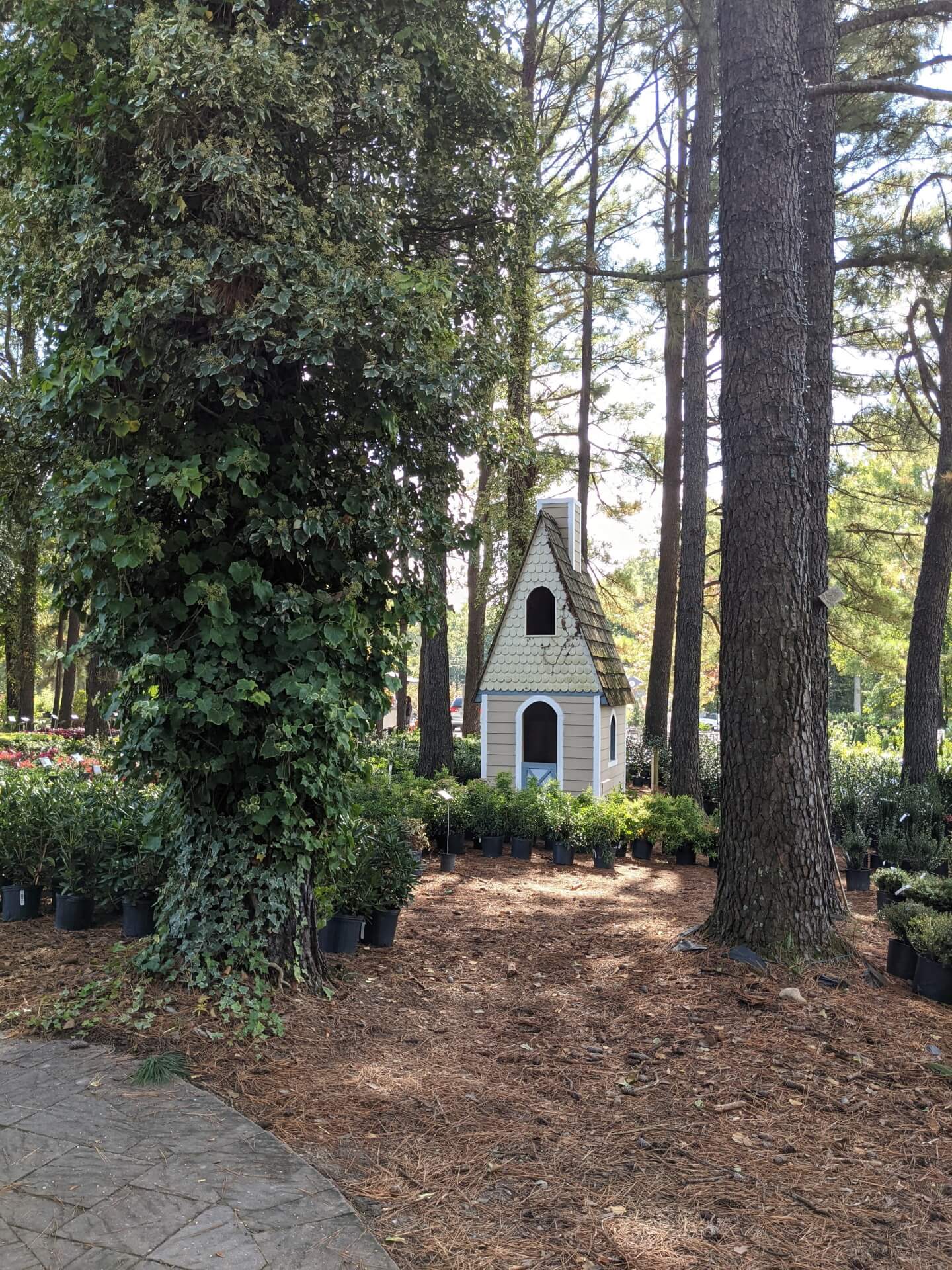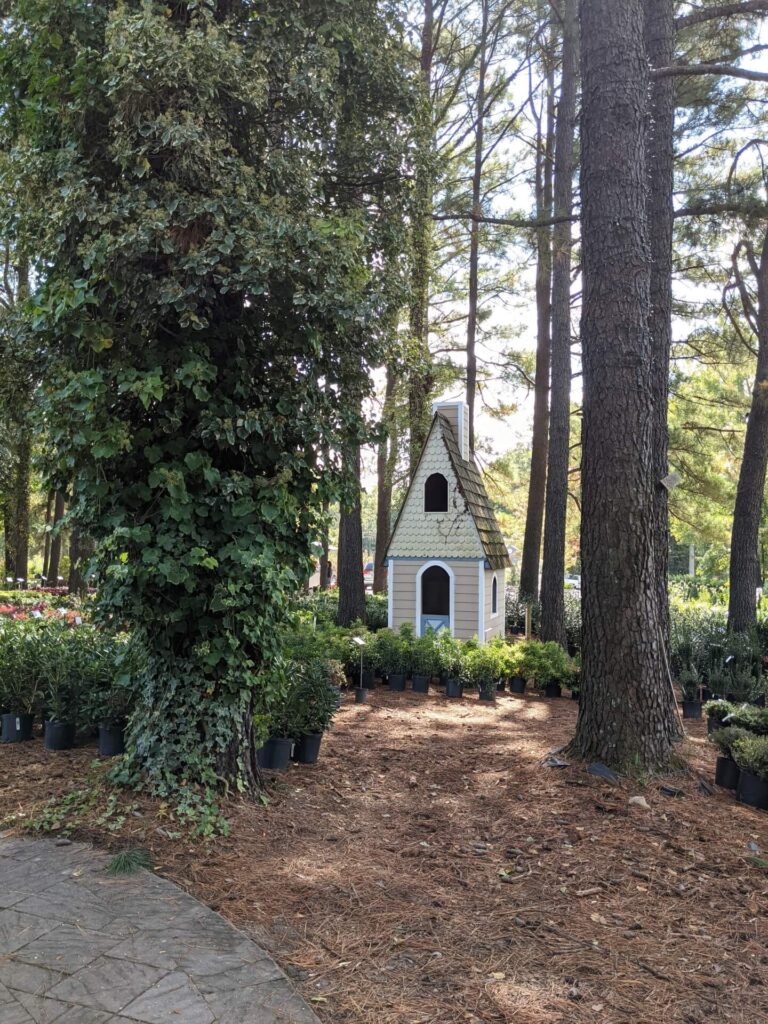
5 Steps to Prepare your Garden for the Winter
The return of cold weather that marks the end of the growing season is often bittersweet. The holidays are just around the corner and it’s time to put away the gardening tools. Perennials die back, trees begin to shed their leaves, and the garden settles into its dormancy stage. Try not to give up on your garden in the final weeks of fall; there’s still plenty of work to be done to prepare for the long winter ahead.

Tidy up your Garden
Take the time to clean up your garden beds and remove dead foliage on trees and shrubs. Check for disease in susceptible plants and remove invasive plants and weeds that may have sprouted. The level of tidiness in the end-of-season garden is largely a matter of personal preference. While some prefer a manicured look, leaving some spent foliage can provide useful habitat for overwintering wildlife. Leaving dried coneheads on Echinacea makes a tasty treat for the birds and piles of leaf debris house beneficial insects through the cold months.
Divide Bulbs and Perennials
After cutting back perennials or allowing them to die back, take the opportunity to divide and transplant. Dig up the entire plant, shake off the dirt, and pull apart the plant by the roots. For more difficult root balls, use a spade or shovel to cut the plant into pieces. Daylilies, Garden Phlox, and Hostas should all be divided in the fall. Bulbs can also be divided in much the same way; dig up the bulb and separate offsets for immediate planting or cold storage.
Execute Plans for the Future
Dreaming of a new garden bed or water feature? Late fall is an excellent time to clear the desired area and take steps to make that dream a reality. Sketch out your plan and lay down newspaper, cardboard, or some other organic material to kill existing foliage. Over the winter, that material will break down and leave a rich layer of compost perfect for planting in the spring. Speaking of compost…
Add a nutrient layer and a protective layer
Garden health starts from the ground up. Applying a thick layer of compost followed by a layer of mulch provides sustenance and protection over the winter. As water seeps into the ground, important nutrients percolate down to root level and nurture your plants. Mulch is important to prevent soil erosion and keep soil temperature stable. The best part? Applying compost and mulch in the fall means you can skip that step in the spring!
Reflect
Take the time to reflect on successes and failures over the past season. Which plants performed well over the season? Did you try any new techniques? How can you improve for next year? Keeping a journal throughout the growing season is an excellent way to keep track of which plants you grew and how they performed. In the springtime, you can look back over that journal before visiting Cross Creek to pick out new plants and supplies.
